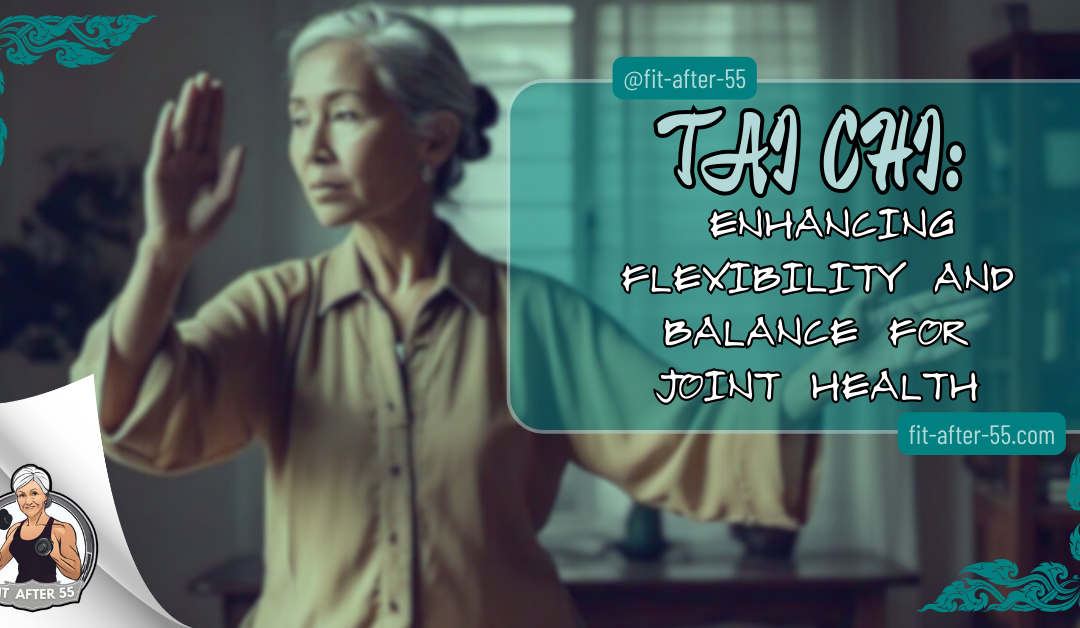Enhancing Flexibility and Balance: Gentle Moves for Joint Health
Tai Chi is a gentle exercise that can help your joints feel better. It’s an old Chinese practice that mixes slow movements with deep breathing. Many people find it fun and relaxing.

Doing Tai Chi can make your body more flexible and improve your balance. These benefits are great for your joints.
When you move smoothly and stay steady, you put less stress on your knees, hips, and other joints.
You don’t need special equipment to try Tai Chi. You can do it almost anywhere. It’s good for people of all ages and fitness levels. Even if you have joint pain, Tai Chi might be a good way to stay active and feel better.
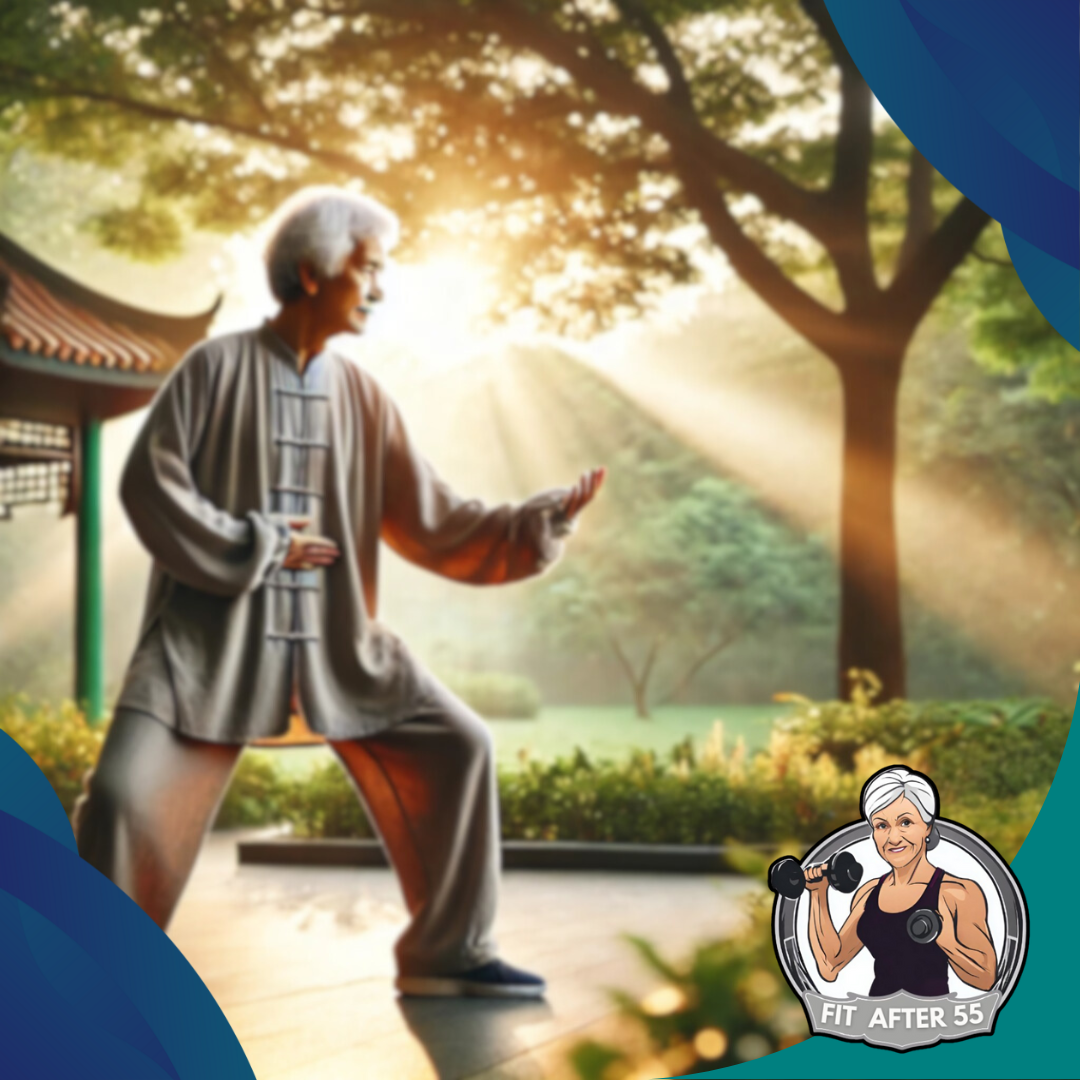
Key Takeaways
- Tai Chi uses slow, gentle movements to improve flexibility and balance
- Regular practice can reduce joint stress and pain
- You can start Tai Chi at any age or fitness level
The Origins and Principles of Tai Chi

Tai Chi has deep roots in Chinese culture and philosophy. Its gentle movements and focus on balance make it a popular form of exercise and meditation worldwide.
Historical Background
Tai Chi’s exact origins are unclear, but most experts believe it started in China around 700 years ago. The Chen family is often credited with creating the first Tai Chi style in the 1600s. Legend says that Zhang Sanfeng, a Taoist monk, invented Tai Chi after watching a snake fight a bird.
Over time, Tai Chi spread beyond the Chen family. New styles emerged, each with its own features. By the 1800s, Tai Chi had become popular throughout China. It reached the West in the mid-1900s and quickly gained fans.
Fundamental Concepts
Tai Chi is based on the idea of “qi” or life energy. You move this energy through your body as you practice. The goal is to balance yin and yang, two opposing forces in Chinese philosophy.
Key principles of Tai Chi include:
- Slow, flowing movements
- Deep breathing
- Mental focus
- Relaxation
- Proper posture
These elements work together to improve your physical and mental health. Tai Chi aims to create harmony between your body, mind, and spirit.
Styles and Forms
There are five main Tai Chi styles:
- Chen: The oldest style, known for its mix of slow and fast moves
- Yang: The most popular, with gentle, flowing motions
- Wu: Features small, compact movements
- Sun: Combines Tai Chi with other martial arts
- Hao: The rarest style, with very subtle movements
Each style has its own set of forms or sequences. These range from short, simple routines to long, complex ones. You can choose a style and form that fits your goals and fitness level.
Many people start with the Yang style 24-form, which is easy to learn. As you progress, you might try more challenging forms or even learn to use Tai Chi for self-defense.
Physical Health Benefits of Tai Chi

Tai Chi offers many physical health benefits. It can help you move better, stay steady on your feet, and make your body stronger. Let’s look at how Tai Chi can improve your health.
Improving Flexibility
Tai Chi can make you more flexible. The slow, flowing moves stretch your muscles and joints. This helps you bend and reach easier. You might find daily tasks like tying your shoes or reaching high shelves become simpler.
Tai Chi works on all parts of your body. It can loosen up stiff shoulders and tight hips. Over time, you may notice you can move more freely. This extra flexibility can also help prevent injuries.
Regular practice can keep you limber as you age. Many older adults find Tai Chi helps them stay active and mobile.
Enhancing Balance and Coordination
Tai Chi is great for improving your balance. The slow, controlled moves make you focus on how you stand and move. This helps train your body to stay steady.
You’ll learn to shift your weight smoothly from one foot to the other. This can help prevent falls, which is really important as you get older. Better balance means you can walk more confidently and safely.
Tai Chi also boosts your coordination. The flowing movements work your arms and legs together. This can help you move more gracefully in daily life. You might find activities like dancing or sports easier too.
Why Tai Chi is Ideal for Seniors: Benefits and Global Practice
Strengthening Joints and Muscles
Tai Chi is a gentle way to build strength. The slow movements work against gravity, which helps tone your muscles. This can make everyday activities easier.
Your leg muscles get stronger from the standing poses. This can help with climbing stairs or getting up from chairs. Arm movements build upper body strength without straining your joints.
Tai Chi is easy on your joints while still making them stronger. The gentle motions can help people with arthritis move more easily. It may also slow down bone loss, which is good for preventing osteoporosis.
Regular practice can improve your overall strength and stability. This can help you stay active and independent as you age.
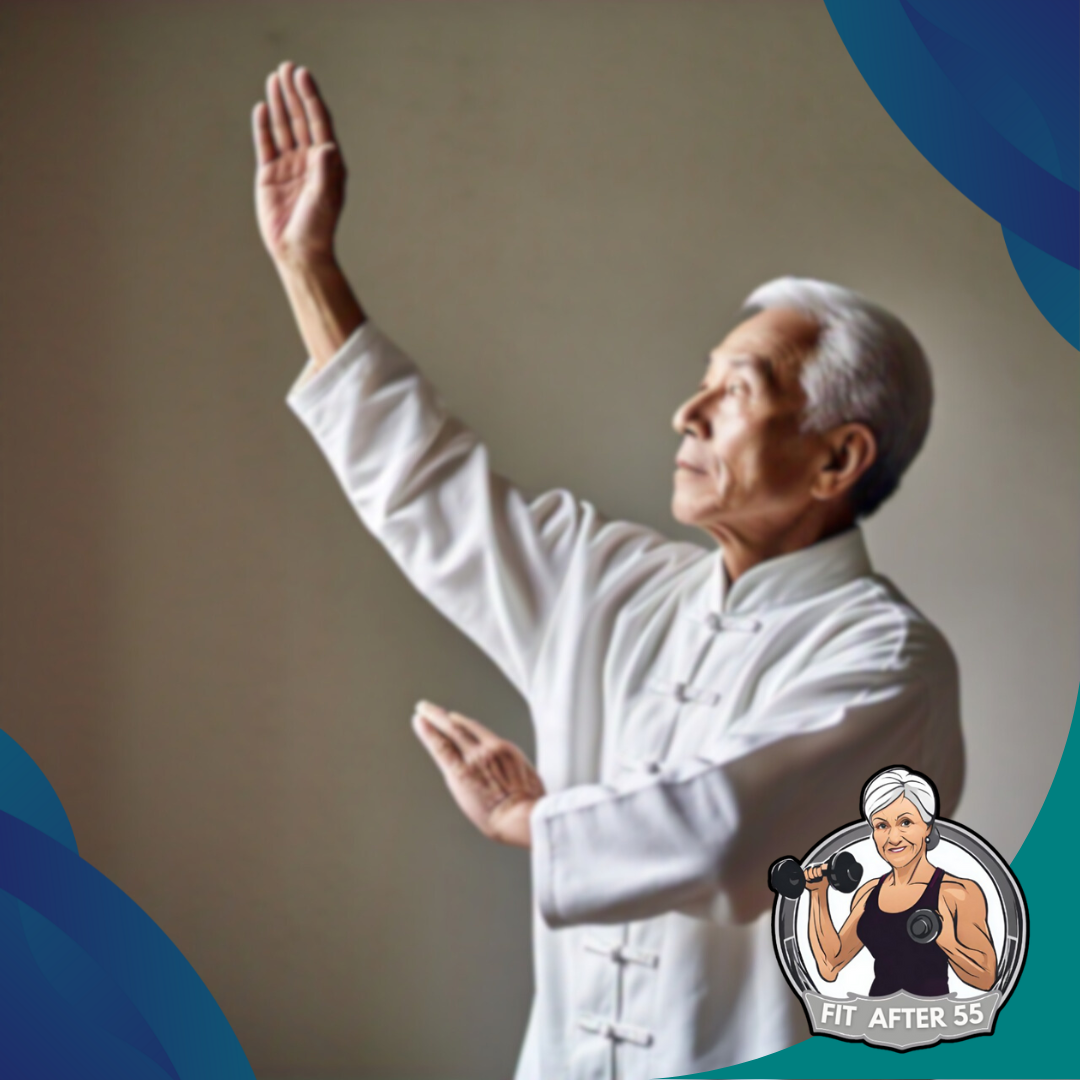
Tai Chi Techniques for Joint Health

Tai Chi offers specific movements and exercises that can boost joint health. These techniques focus on gentle stretching, weight-bearing, and targeted joint movements to improve flexibility and strength.
Warm-Up Exercises
Start your Tai Chi practice with gentle warm-ups. Roll your shoulders forward and backward in slow circles. Rotate your wrists and ankles in both directions. Gently twist your torso from side to side.
Next, try the “Tai Chi walk.” Take small steps, rolling from heel to toe. Keep your knees slightly bent. This helps loosen up your legs and hips.
Finish with some light stretches. Reach your arms overhead, then slowly bend forward. Hold each stretch for 10-15 seconds. These warm-ups prepare your body for the main Tai Chi movements.
Weight-Bearing Movements
Weight-bearing Tai Chi moves help strengthen your bones and joints. The “Single Whip” pose is great for this. Stand with your feet shoulder-width apart. Shift your weight to one leg. Extend the other arm out to the side.
Try the “Golden Rooster Stands on One Leg” pose. Balance on one foot, lifting the other knee up. Hold for a few seconds, then switch sides. This improves balance and leg strength.
Remember to move slowly and steadily. If you feel unsteady, keep a chair nearby for support. Gradually increase how long you hold each pose as you get stronger.
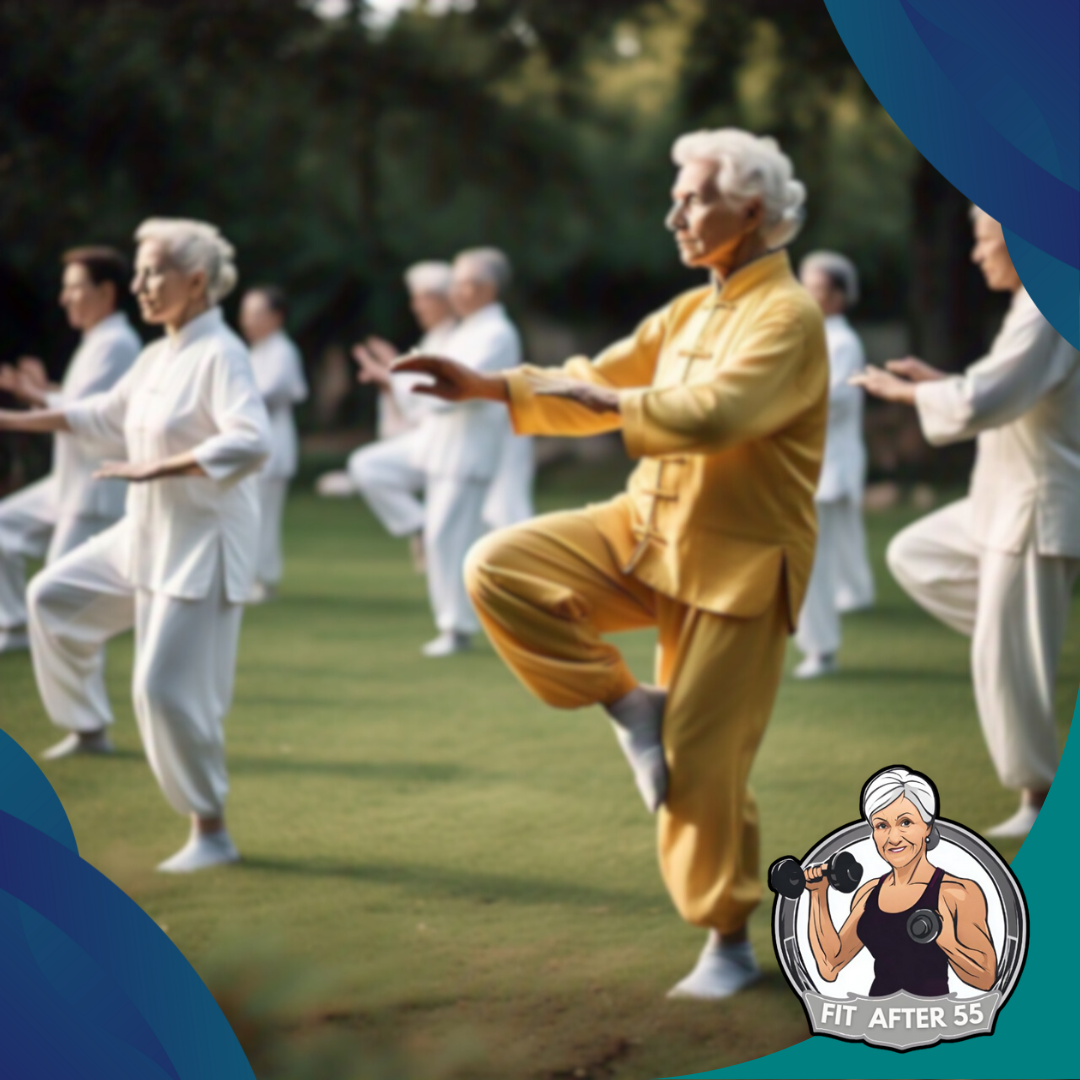
Joint-Specific Movements
Tai Chi includes moves that target specific joints. For wrists and fingers, practice “Playing the Lute.” Hold your hands as if playing a guitar. Gently flex and extend your fingers.
For shoulder health, try “Waving Hands Like Clouds.” Move your arms in slow, circular motions. Keep your shoulders relaxed and breathe deeply.
To help your knees, practice “Brush Knee and Push.” Step forward, bending one knee while extending the opposite arm. This gentle lunge strengthens the muscles around your knees.
Always move within your comfort zone. If a movement causes pain, stop and consult your doctor or a Tai Chi instructor for modifications.
Practical Guidance for Practicing Tai Chi

Tai Chi offers many benefits for joint health and overall well-being. To get the most out of your practice, it’s important to choose a style that suits you, learn from a qualified instructor, and develop a regular routine.
Choosing the Right Style
There are several Tai Chi styles to pick from. Yang style is popular for beginners due to its slow, gentle movements. Chen style is more challenging, with faster actions and lower stances. Wu style focuses on small, compact movements.
Think about your goals and physical abilities when choosing. If you want to improve balance, Yang might be best. For a workout, try Chen. If you have limited mobility, Wu could work well.
You can always switch styles later as you gain experience. Many people start with Yang and branch out to other forms over time.
Learning from a Qualified Instructor
A good teacher is key to learning Tai Chi correctly. Look for someone with proper training and certification. They should have years of experience and be able to explain moves clearly.
Ask about their background and teaching style. Watch a class to see if it fits your needs. A skilled instructor will adjust their teaching to your level and any health concerns you have.
Group classes offer a fun, social way to learn. Private lessons can give you more personalized attention. Many teachers offer both options.
Creating a Regular Practice Routine
Consistency is crucial in Tai Chi. Aim to practice for 15-30 minutes daily. You can break this into shorter sessions if needed.
Find a quiet, comfortable space at home for practice. Wear loose, comfy clothes and flat shoes. Morning practice can energize you for the day, while evening sessions may help you relax.
Start with basic moves and forms you’ve learned in class. As you improve, add more complex sequences. Don’t rush – focus on proper form and breathing.
Keep a practice log to track your progress. This can help you stay motivated and see how far you’ve come.
Overcoming Common Challenges

Tai Chi can be adapted to suit different needs and abilities. With some adjustments, you can enjoy its benefits regardless of age or physical condition.
Dealing with Mobility Issues
If you have mobility issues, don’t worry. Tai Chi can be modified to fit your abilities. You can do many moves while sitting in a chair. This way, you still get the benefits without putting stress on your joints.
Try focusing on upper body movements if standing is hard. Arm circles and gentle twists are great options. As you get stronger, you can slowly add more moves.
Remember, it’s okay to use support like a wall or chair for balance. Safety comes first. Talk to your doctor or a Tai Chi instructor about safe ways to practice.
Adapting Tai Chi for Different Ages
Tai Chi is for everyone, no matter your age. Kids can learn through fun games that teach balance and focus. Younger adults might enjoy a faster pace with more challenging poses.
For older adults, slower movements work well. These help improve balance and prevent falls. You can also use props like chairs or walking sticks for support.
The key is to find a class or style that fits your needs. Many instructors offer classes for specific age groups. This helps you learn with others at a similar level.
Maintaining Motivation
Staying motivated can be tough, but there are ways to keep your practice going. Set small, achievable goals for yourself. This could be practicing for 10 minutes a day or learning a new move each week.
Join a Tai Chi group or class. Being around others can boost your spirits and keep you coming back. You can also find a Tai Chi buddy to practice with.
Try tracking your progress. Note how you feel after each session. You might see improvements in your balance or flexibility. These small wins can be very encouraging.
Mixing up your routine can help too. Practice in different places, like a park or your backyard. This can make Tai Chi feel fresh and exciting.
Integrating Tai Chi into Everyday Life

Tai Chi can become a part of your daily routine, bringing balance and calm to your life. You can practice at home, use mindfulness techniques, and connect with others who share your interest.
Tai Chi at Home
You can easily do Tai Chi at home. Set up a quiet space where you won’t be disturbed. A small area in your living room or bedroom works well. Start with 10-15 minutes a day. You can do this in the morning to energize yourself or in the evening to relax.
Use online videos or apps to guide you. These tools can help you learn proper form. As you get better, try longer sessions. Make it a habit by doing Tai Chi at the same time each day.
Wear comfy clothes that let you move freely. You don’t need special gear. Just make sure you have enough room to stretch your arms out fully.
Incorporating Mindfulness
Tai Chi is more than just moving your body. It’s also about focusing your mind. As you practice, pay attention to your breathing. Take slow, deep breaths. Feel how your body moves with each breath.
Notice how your feet connect with the ground. Be aware of how your muscles feel as you shift your weight. This mindfulness can help you feel calmer and more centered.
Try to carry this awareness into other parts of your day. When you’re stressed, take a moment to breathe deeply like you do in Tai Chi. This can help you feel more relaxed.
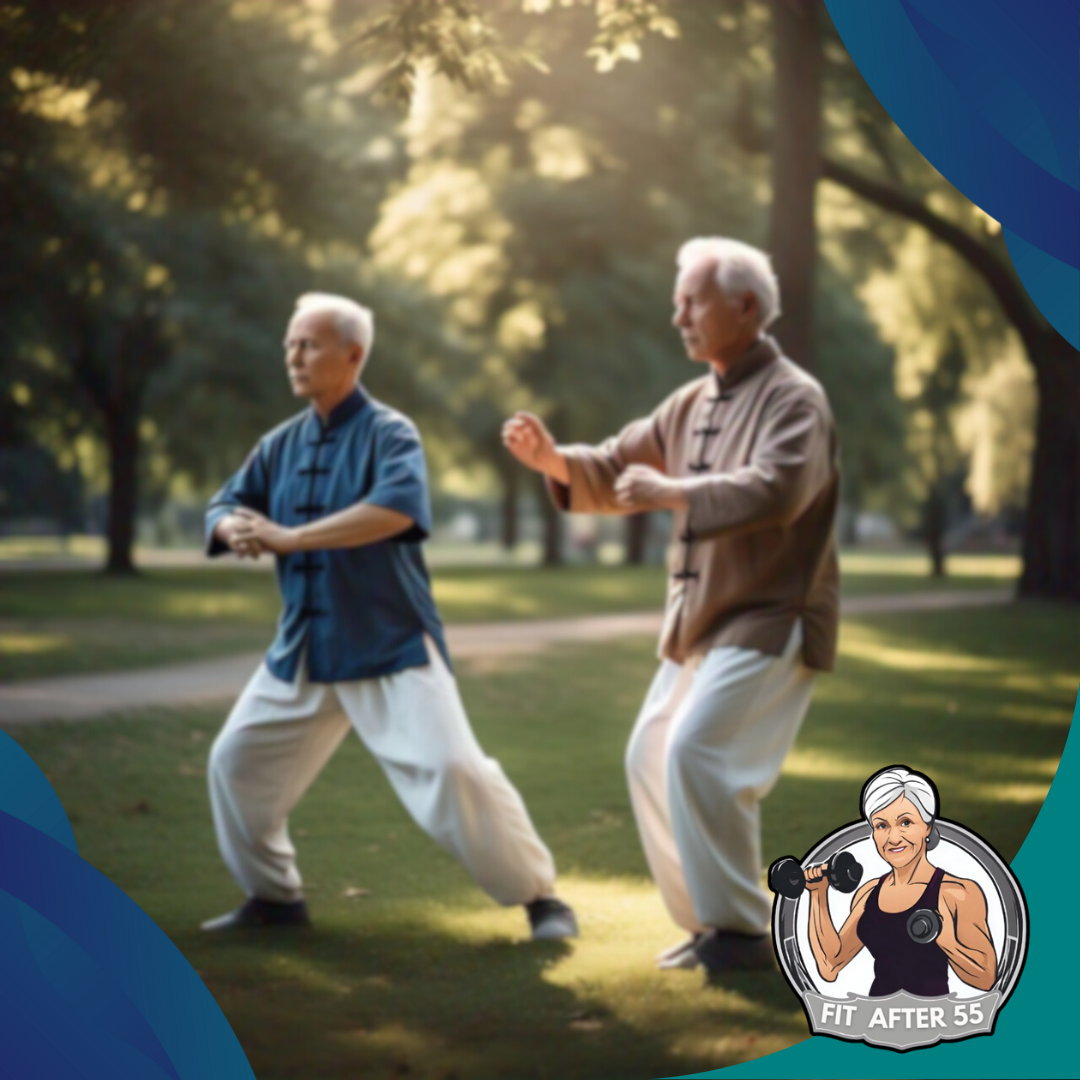
Community and Social Aspects
Joining a Tai Chi class can be fun and helpful. You’ll meet people who share your interest. A teacher can check your form and give you tips to improve.
Look for classes at community centers, gyms, or parks. Some places offer free outdoor sessions. This is a great way to enjoy nature while you practice.
You might make new friends in your Tai Chi group. Some people like to get coffee after class to chat. Sharing your Tai Chi journey with others can keep you motivated.
If you can’t find a local class, look for online groups. You can share tips and experiences with people from all over the world.
Advanced Concepts and Continuing Education

Tai Chi offers many ways to deepen your practice and expand your skills. You can explore weapon forms, attend retreats, and pursue ongoing learning to master this ancient art.
Exploring Tai Chi Weapon Forms
Weapon forms add a new dimension to your Tai Chi practice. You might start with the straight sword, known as jian. This lightweight weapon helps refine your balance and coordination. The fan is another popular choice, combining grace with self-defense moves.
As you progress, you can try the broadsword or staff. These heavier weapons build strength and challenge your form. Practicing with weapons improves your focus and precision in empty-hand forms too.
Just remember to learn weapon forms from a qualified instructor. Safety is key when working with any type of weapon, even in practice.
Participating in Tai Chi Retreats
Tai Chi retreats offer a chance to immerse yourself in practice away from daily distractions. You’ll often find these retreats in peaceful settings like mountains or beaches. They typically last a few days to a week.
During a retreat, you might:
- Practice Tai Chi several times a day
- Learn new forms or refine existing ones
- Explore meditation and breathing exercises
- Connect with other Tai Chi enthusiasts
Retreats can rejuvenate your practice and deepen your understanding of Tai Chi principles. They’re great for both beginners and advanced students.
Continual Learning and Mastery
Tai Chi is a lifelong journey of learning and growth. You can always find new ways to improve your practice. Consider these options:
- Attend workshops with different instructors to gain fresh perspectives
- Study Tai Chi philosophy and history to enrich your practice
- Learn about Traditional Chinese Medicine and how it relates to Tai Chi
- Practice regularly with a group to stay motivated and learn from others
You might also explore teaching Tai Chi. Sharing your knowledge can deepen your own understanding. Many Tai Chi schools offer teacher training programs.
Set personal goals for your Tai Chi journey. This could be mastering a new form, improving your balance, or simply practicing more consistently. Keep challenging yourself to grow in your practice.
Enhancing Flexibility and Balance: A Path to Better Living
As we come to the end of this article, I hope you’ve found valuable insights into the benefits of enhancing flexibility and balance, especially through practices like Tai Chi. We’ve explored how these gentle movements can improve joint health, increase strength, and help maintain stability—all crucial for navigating daily life with greater ease.
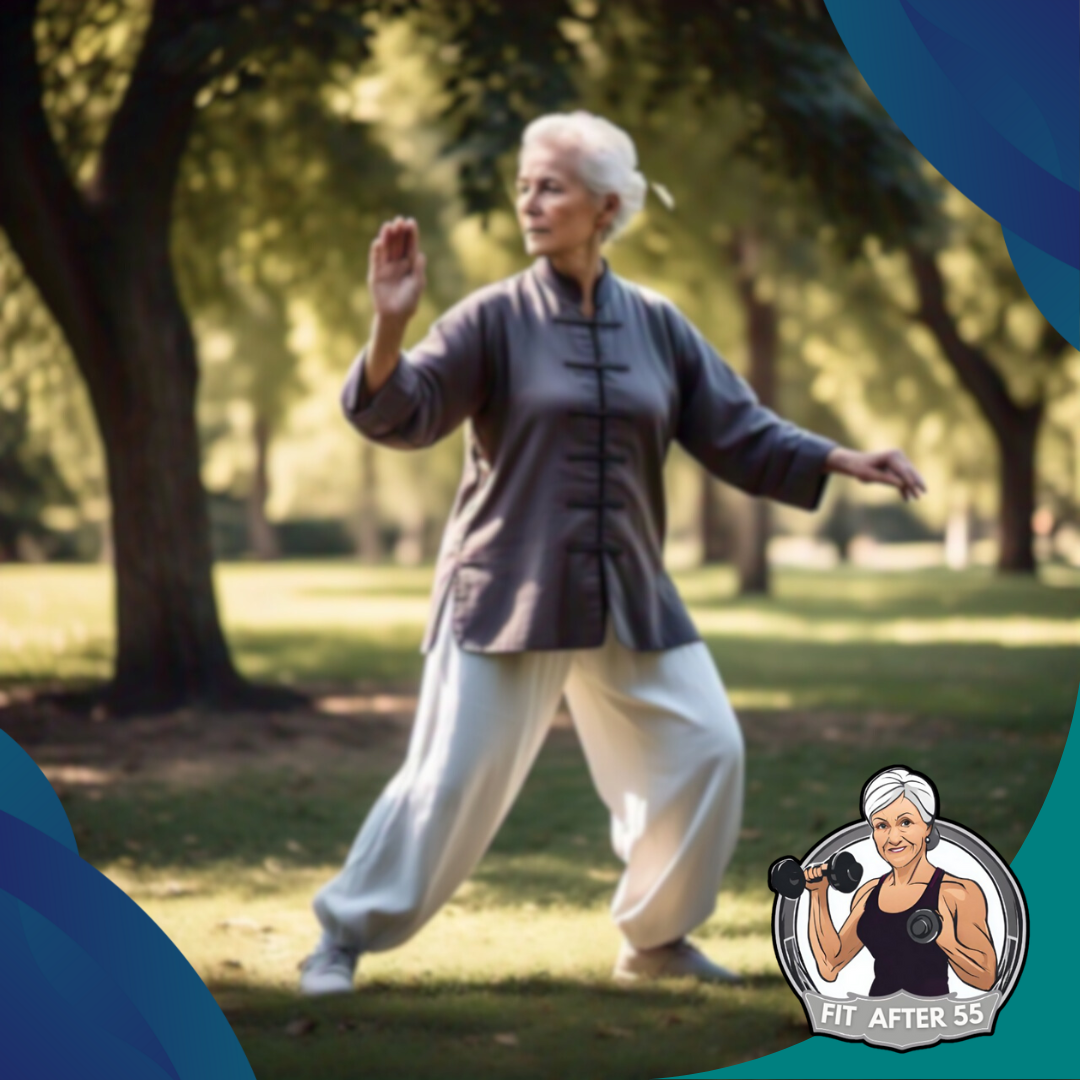
Whether you’re a senior looking to stay active, or someone of any age seeking a way to support your overall well-being, there’s a lot to gain from integrating these practices into your routine.
Thank you for taking the time to read and join me on this journey. I wish you success and joy as you take steps toward enhancing flexibility and balance in your own life. May it lead to better health, confidence, and fulfillment in the days ahead!
Frequently Asked Questions

Tai Chi offers many benefits for flexibility, balance, and joint health. Here are answers to common questions about getting started and maximizing the advantages of this gentle practice.
What are the best Tai Chi moves to start with for improving flexibility?
Start with gentle warm-up exercises like arm circles and hip rotations. The “cloud hands” move is great for loosening shoulders and hips. Try “brush knee” to stretch your legs and improve lower body flexibility. These simple moves help you ease into Tai Chi’s flowing motions.
How does Tai Chi promote joint health, particularly in aging individuals?
Tai Chi’s slow, controlled movements lubricate your joints. This helps reduce stiffness and pain, especially as you get older. The gentle nature of Tai Chi also strengthens muscles around your joints without putting too much stress on them. This extra support can help prevent injuries and arthritis symptoms.
Can Tai Chi help with balance issues, and what exercises are most effective?
Yes, Tai Chi can really improve your balance. The “golden rooster stands on one leg” pose is great for this. It helps you practice shifting your weight smoothly from one foot to the other. “Kick with heel” is another good one. It teaches you to stay stable while moving your leg. These exercises boost your balance and lower your fall risk.
How often should I practice Tai Chi for optimal health benefits?
Aim to practice Tai Chi 2-3 times a week for about 30 minutes each session. This gives your body time to adjust and gain strength. As you get more comfortable, you can do it more often. Even 10 minutes a day can help. The key is to be consistent and listen to your body.
Are there any specific Tai Chi styles or forms recommended for beginners interested in joint health?
Yang style Tai Chi is often suggested for beginners focused on joint health. It has slow, graceful movements that are easy on your joints. The “24-form” is a good starting point. It’s shorter and simpler than other forms. Chen style is also good, but it can be more challenging at first.
What are the safety tips for someone with existing joint problems when practicing Tai Chi?
Start slowly and don’t push yourself too hard. Warm up before each session to prepare your joints. Wear comfortable, supportive shoes. If a move hurts, stop or modify it. Tell your instructor about any joint issues you have. They can help you adjust the exercises. Always listen to your body and take breaks when needed.

